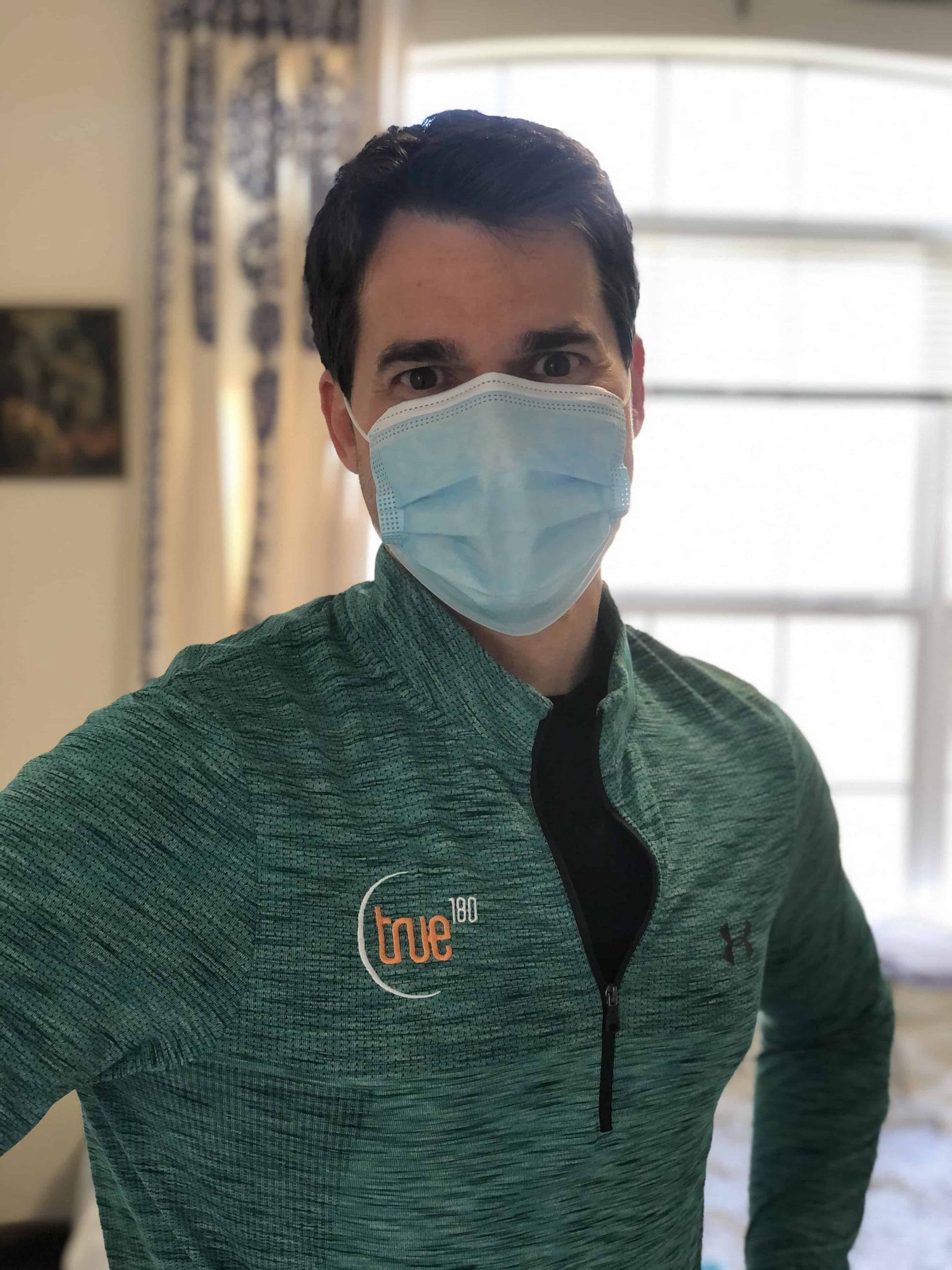The governor recently issued a new mask mandate that closed most of the loopholes in the previous mandate. This means everyone must wear a mask (not a face shield), at all times, whenever you are indoors with someone you don’t live with, even if you’re more than 6’ apart. This includes during exercise.
While we believe this is the right thing to do, we also know it can be uncomfortable. However, with just a few tweaks you can make yourself more comfortable and safer.
1. Right mask: disposable 3-ply mask or KN95, not cloth masks. This is our studio’s new policy.
The easiest way to understand why we recommend surgical and KN95 masks is to see why we don’t recommend cloth masks.
Why not cloth masks indoors?
(A) overheating:
most cloth masks cover your cheeks. Since we’re not fish – we don’t
breath from our gills, covering the cheeks doesn’t provide extra
protection for you or anyone else. However, covering your cheeks does
make it much harder for your body to dissipate heat.
This is because our cheeks are a major site of heat exchange. If you have light skin you can see your cheeks get red when you’re hot because your body is pushing blood to the skins surface to let out some of it’s heat.
Surgical masks and KN95 masks cover your mouth and nose, but much less of your cheeks, so you can dissipate heat much more effectively.
(B) safety of others: it looks as if 1 & 2 layer cloth masks increase (over 400%!) the number of aerosolized particles that people expel. If you’re indoors*, aerosolized particles are likely the most important thing to control. (Aerosolized particles are much smaller than the large droplets that hit the ground in about 6’. They float and linger and can spread over large distances without great care for ventilation. More on ventilation below.)
*Indoor air safety is determined by more than just the mask you are wearing. Are the other people wearing appropriate masks, and properly? Also the ventilation is crucial: does the place you’re in keep their HVAC system running 24/7? Does their HVAC system bring in fresh air? Do they have highly effective sanitizing systems in their HVAC such as UV-C and/or MERV 13 filters so the air coming from the HVAC is sanitized? Do they have limits on the number of people? Do the people practice social distancing? (For the record, we can answer YES to ALL the above questions at T180, and the air in our studio is turned over and sanitized every 8min and 20sec. Here’s more on our safety protocols.)
2. Ear savers: these are great for people with big heads (me!) or small heads.
If you have a big head/face, like me, then the ear savers keep the loops from killing your ears. My head is so large and irregular that I have to wear 2.
If you have a small head/face, these help you get a better fit without twisting the ear loops. Twisting the ear loops might make the sides of your mask pucker out, which reduces its effectiveness.
These are $2-ish.
3. Silicone support: one particularly unpleasant experience of exercising in a mask is inhaling it into your mouth when you’re trying to catch your breath. The other thing that’s annoying in a mask is having it move up and down your face every time you talk.
A silicone bracket solves both of these problems, and they’re only $1-2 each.
4. If you wear glasses: wearing a mask + glasses usually fogs them up. However, if you put a piece of medical/first aid tape over the bridge of your nose it helps a lot!
If you have tape in your first aid kit this will probably work.
5. Gum: many people’s mouths dry out in a mask. This is probably because it raises the temperature of your mouth by trapping heat. Chewing some gum helps a lot.
6. (Bonus) Garlic and carbonation don’t mix. Eating a garlicky meal with a carbonated beverage means garlic burps later. Doing that in a mask means punishing yourself as long as you keep it on.
Happy Monday and thank you to you all!
Josef
PS-here’s our Facebook Page or Instagram if you’d like to follow us.

